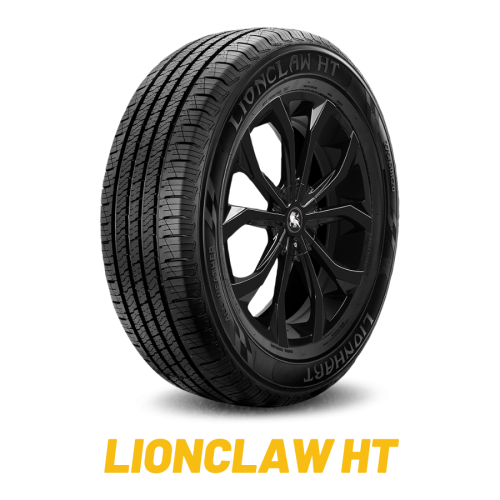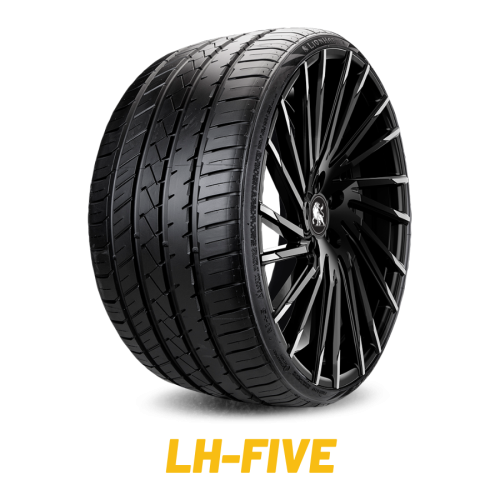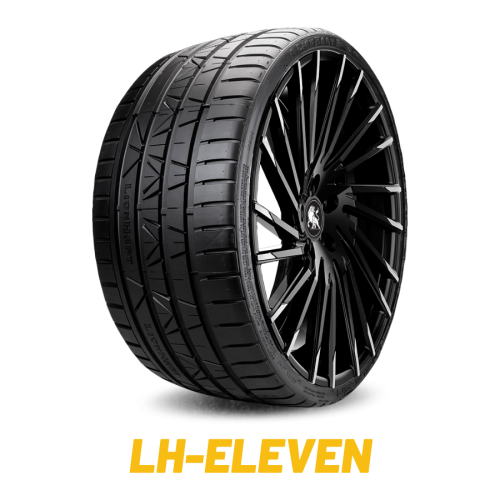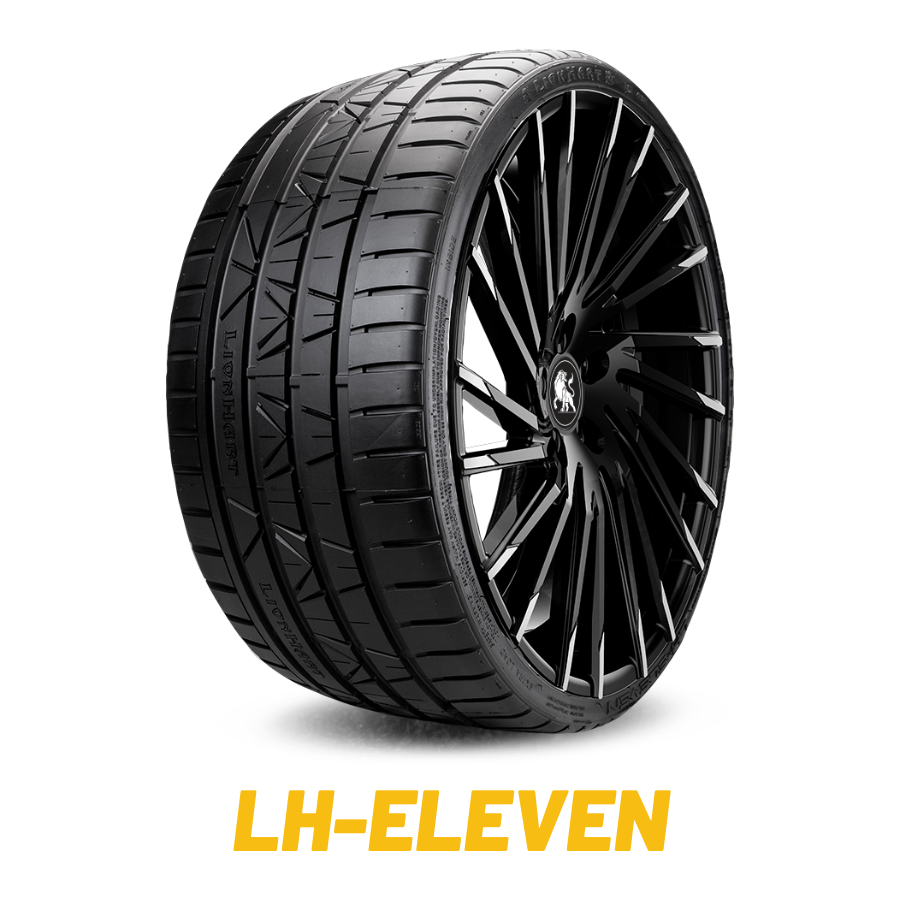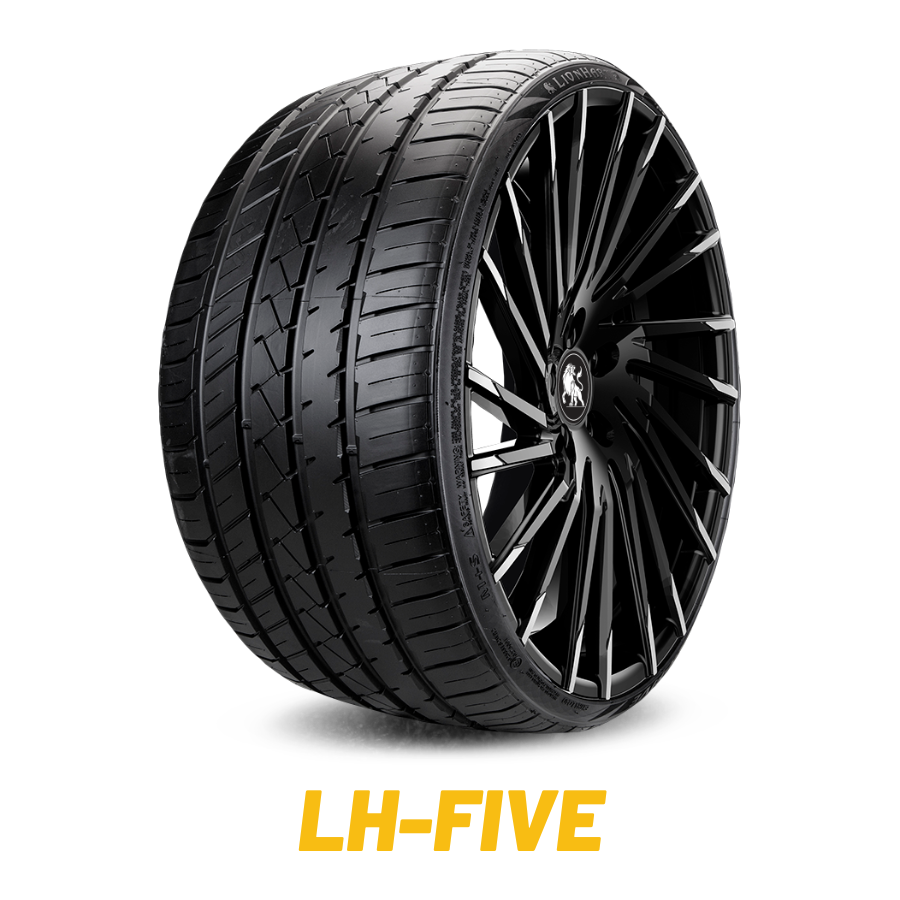
Dodge Challenger Tires
Contents
2008-2023 Dodge Challenger (Gen III LC)
TRIMS: SE, SXT, GT, R/T, Scat Pack (Includes Widebody)
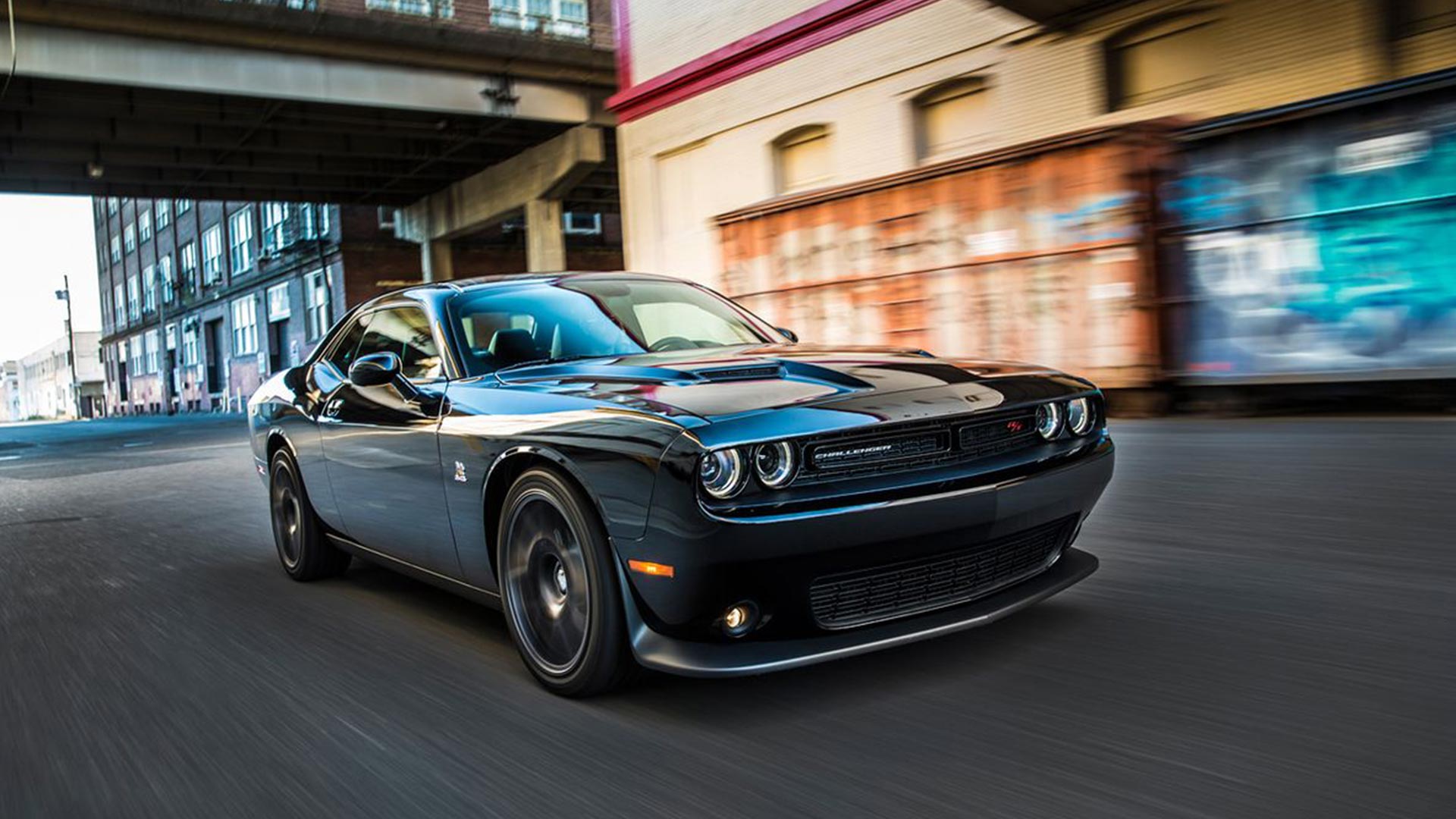
The Challenger SE and SXT from 2009-2014 were originally equipped with 215/65R17, 235/55R18, 235/50R19 and 245/45ZR20. Sizing options remained similar on the 2015-2019 SXT and GT trims, except for the removal of the 17″ and 19″ options, and the addition of 255/45ZR20. In 2017-2021, certain Challenger SXT and GT came with only one option, which was the 235/55R19. Moving into the 2020-2023 SXT and GT trims, the above sizes mostly remained, however the 21″ option was added with the 245/40ZR21 and 255/40ZR21.
The 5.7L V8 HEMI variants from 2009-2010 came equipped with 235/55R18, 245/45ZR20, 255/40ZR21, and the newly introduced 265/30ZR22. For the 2011-2014 model year R/T V8’s, 22″ options along with others were removed, with only 235/55R18, 245/45ZR20 and 235/35ZR21 being available. Certain models from 2015-2023 were sent out of the factory with 245/45ZR20, 245/40ZR21 and 255/40ZR21 sizing options.
In 2011-2014, the Dodge Challenger Scat Pack trim was offered with exclusively 20″ configurations: 245/45ZR20, 275/40ZR20, and 305/35ZR20. The table below shows factory tire sizes for the 2008-2023 Generation III LC Dodge Challenger.
| Year | Trim | 17 Inch | 18 Inch | 19 Inch | 20 Inch | 21 Inch | 22 Inch |
|---|---|---|---|---|---|---|---|
| 2009-2011 | SE & SXT | 215/65R17 | 235/55R18 | 235/50R19 | 245/45ZR20 | N/A | N/A |
| 2012-2014 | SXT | N/A | 235/55R18 | 235/50R19 | 245/45ZR20 | N/A | N/A |
| 2015-2019 | SXT & GT | N/A | 235/55R18 | N/A | 245/45ZR20 & 255/45ZR20 | N/A | N/A |
| 2017-2021 | SXT & GT | N/A | N/A | 235/55R19 | N/A | N/A | N/A |
| 2020-2023 | SXT & GT | N/A | 235/55R18 | 235/55R19, 235/50R19 & 255/50R19 | 235/50R20, 245/45ZR20 & 255/45ZR20 | 245/40ZR21 & 255/40ZR21 | N/A |
| 2009-2010 | R/T | N/A | 235/55R18 | N/A | 245/45ZR20 | 255/40ZR21 | 265/30ZR22 |
| 2011-2014 | R/T | N/A | 235/55R18 | N/A | 245/45ZR20 | 255/35ZR21 | N/A |
| 2015-2023 | R/T | N/A | N/A | N/A | 245/45ZR20 | 245/40ZR21 & 255/40ZR21 | N/A |
| 2011-2014 | SCAT PACK | N/A | N/A | N/A | 245/45ZR20, 275/40ZR20 & 305/35ZR20 | N/A | N/A |
*Note: Some tire sizes may come in a staggered configuration from the factory.
*Note: The Challenger Scat Pack also comes in a widebody configuration.
2008-2023 Dodge Challenger (SRT LC)
TRIMS: SRT8, Super Stock, Hellcat, Jailbrake, Redeye (Includes Widebody Variants)
Finding the best tires for the SRT versions of the Dodge Challenger becomes a little easier, as the manufacturer opted for more popular 20 inch sizing options. Lionhart Tires specializes in OEM replacement tires for the Dodge Challenger SRT platform. Additionally, Lionhart offers unique and niche sizing options for aftermarket wheel fitments.
The SRT version of the Challenger comes equipped with 20 inch tires exclusively, however the width of the tires vary. The 2008-2014 iteration of the SRT8 comes with 245/45ZR20 and 255/45R20 sizing options. The Hellcat was introduced in 2015 and also came with 245/45ZR20, but removed the 255 tire and replaced it with a 275/40ZR20. Later into the Hellcat’s lifecycle, along with the Redeye and Jailbrake, original equipment tires came in 275/40ZR20 and 305/35ZR20. The stand out of all of these trims is the SRT Super Stock, which came with 315/40ZR20 tires. The table below shows factory tire sizes for the 2008-2023 SRT Challenger.

| Year | Trim | 20 Inch |
|---|---|---|
| 2008-2010 | SRT8 | 245/45ZR20 & 255/45R20 |
| 2011-2014 | SRT8 | 245/45ZR20 & 255/45ZR20 |
| 2015-2021 | HELLCAT | 245/45ZR20 & 275/40ZR20 |
| 2015-2023 | HELLCAT & JAILBRAKE | 275/40ZR20 & 305/35ZR20 |
| 2019-2023 | HELLCAT REDEYE & JAILBRAKE | 275/40ZR20 & 305/35ZR20 |
| 2022-2023 | SRT SUPER STOCK | 315/40ZR20 |
*Note: Some tire sizes may come in a staggered configuration from the factory.
*Note: The Challenger SRT Hellcat, Hellcat Redeye and Jailbrake also come in widebody configurations.
2018 Dodge Challenger Demon
TRIMS: DEMON
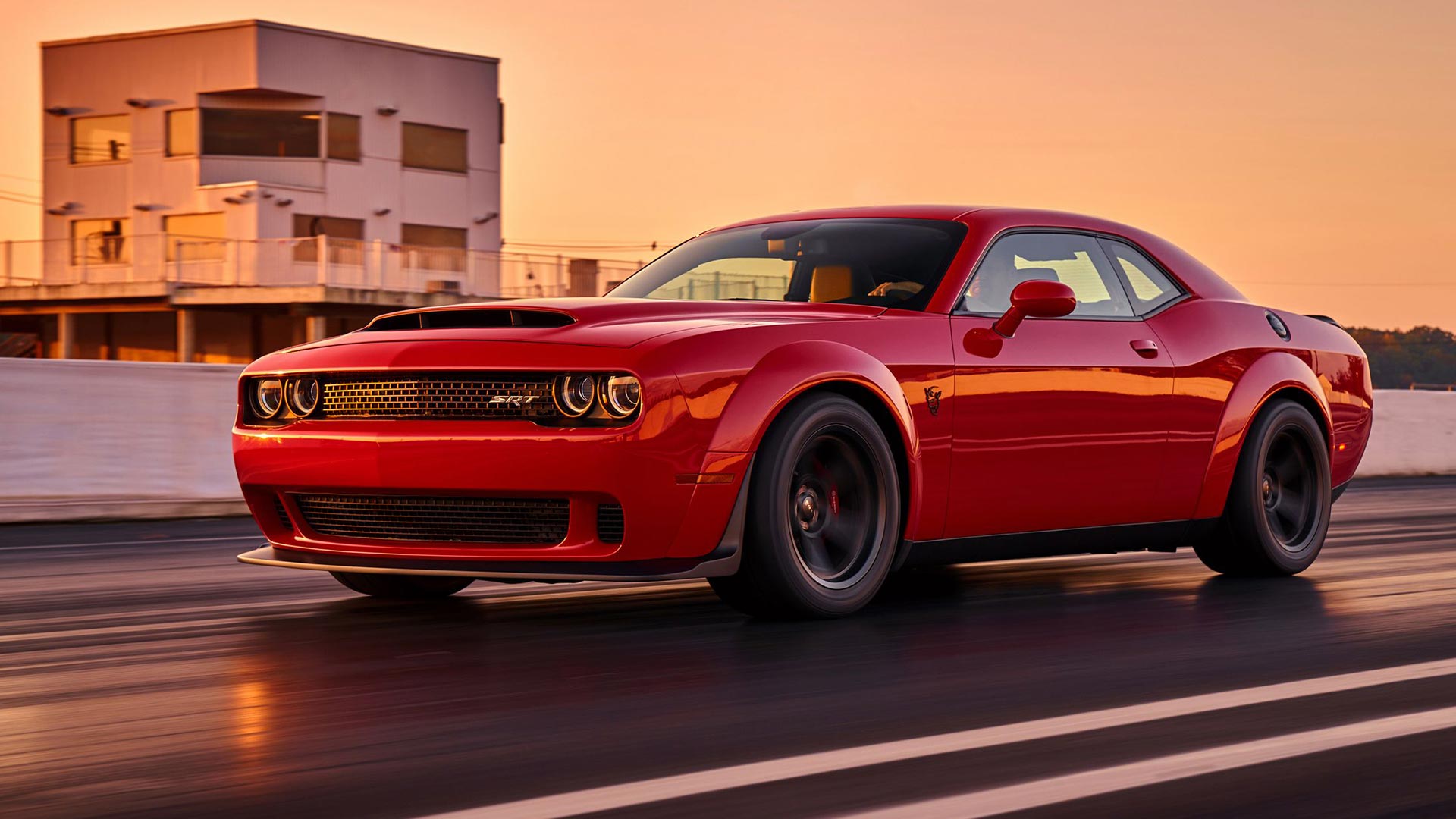
Originally produced as a one year production model, the Dodge Challenger Demon comes with only one tire size configuration, which is a 315/40R18. The table below shows factory tire sizes for the 2018 Dodge Challenger Demon.
| Year | Trim | 18 Inch |
|---|---|---|
| 2018 | DEMON | 315/40R18 |
When Should Tires Be Replaced?
The two factors that suggest it’s time to replace tires on your Dodge Challenger are time and mileage. On average, most drivers cover between 12,000 and 15,000 miles annually. Most drivers will pass the miles their original equipment tires were intended to cover well before they hit their age limit.
Once tires go beyond five years old, it’s a good time to consider replacing them. Tires are composed of many materials such as rubber, kevlar, and chemicals. All of these elements work together to resist UV rays, temperature changes and environmental hazards. After the five year period, these materials and chemicals begin to break down and become less effective.
To learn more about tire maintenance, click here. To make a more informed decision when shopping for tires, click here.
Dodge Challenger Tire FAQ
What are the best Challenger tires?
Because the Challenger is a purpose-built performance vehicle, the best tires depend on your driving style. For example, a driver who often participates in track events will require a different tire than a driver who only plans on street driving. It's also important to consider what seasons, temperature, and weather you will be using the vehicle in.
How long do Challenger tires last?
Every tire has a UTQG rating that provides information regarding number of miles the tire is expected to last. However, this number is an estimate. How you drive your vehicle has a big impact on the life expectancy of a tire.
What is the best tire pressure?
There isn't a magic number as every vehicle and every tire requires a different tire pressure. The best way to know what tire pressure to use is to check the driver's side door for a label that shows you the recommended tire pressure for that specific vehicle. Take note that this recommendation changes depending on the load of passengers, as well as cargo load. The tire pressure on the tire itself is not a suggested, rather the maximum PSI a tire can take.
How often should you rotate your tires?
Rotating tires isn't only Challenger specific. The typical tire rotation interval is somewhere between 5,000 and 7,000 miles. That said, specific cars and tires may change those numbers.


